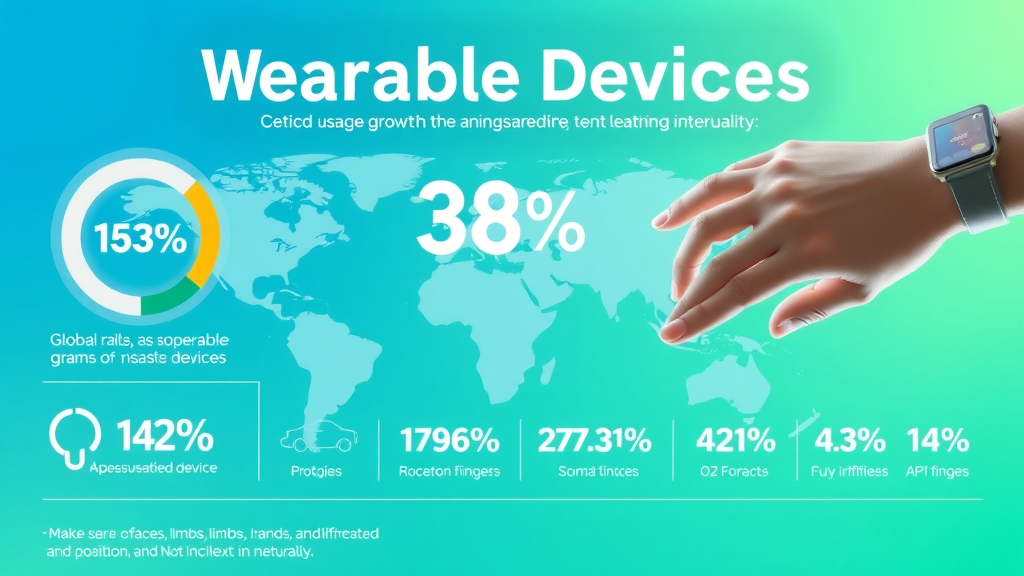
Game Day Without the Guilt: Relishing Healthy Super Bowl Snacks
The Super Bowl is not just about the game; it’s a cultural phenomenon that draws friends and family together for an unforgettable day of excitement, camaraderie, and delicious food. However, with the temptation of high-calorie snacks widely available, keeping your health goals on track can feel daunting. Fear not—this game day doesn’t have to mean sacrificing your nutritional goals. Here’s how you can indulge while maintaining a healthy lifestyle.
Prioritize Protein: The Secret to Staying Full
Protein plays a crucial role in your diet, helping to build and repair tissues, keep you feeling satiated, and support overall well-being. As you plan your Super Bowl menu, focus on high-protein alternatives that satisfy your taste buds and keep you energized. Consider grilled chicken skewers, which are easy to grab and provide lean protein without the added carbs or unhealthy fats. Turkey or chicken meatballs are another fantastic choice; by baking them instead of frying, you maintain a healthier option that is flavorful and fulfilling.
Another great alternative is deviled eggs made with Greek yogurt instead of traditional mayo. This swap not only incorporates protein but also adds a creamy texture that doesn’t skimp on flavor. For our vegetarian friends, buffalo cauliflower bites offer the spicy crunch wanted without the heaviness of traditional fried snacks.
Healthier Dips: A Nutritious Game Changer
Dips often steal the show on game day, but many are laden with unhealthy fats and extra calories. To dodge the guilt associated with traditional dips, try a high-protein Greek yogurt ranch dip—a simple blend that packs a punch without compromising taste. Pair it with colorful veggies for an eye-catching and healthy platter.
For those who love guacamole, consider serving it alongside assorted vegetables instead of chips. This satisfies your craving for healthy fats while upping your intake of vitamins and minerals. Hummus served with whole grain crackers is another nutritious option that boosts fiber and plant-based protein in your snack lineup.
Chip Smart: Making Better Choices
Chips are an unyielding staple at Super Bowl parties, but they can lead to mindless overeating when not chosen wisely. Instead of traditional potato chips, look for baked or whole grain varieties that offer more fiber and nutrients. Alternatively, for the adventurous, consider air-popped popcorn seasoned with your favorite spices. It’s a light and crunchy option that can be flavored in a myriad of ways, making it a playful complement to your game day experience.
A Cultural Celebration with a Healthy Spin
The Super Bowl represents more than just a championship game; it’s a rich tapestry of culture, rituals, and social connections. Representing fans from every corner of the nation, the festivities involve cheer, laughter, and shared experiences. Understanding that nourishing your body doesn’t mean eliminating indulgence allows you to fully embrace this event and celebrate it in a way that respects both your health and the vibrant social customs surrounding this monumental day.
Future Predictions: Embracing Healthier Game Days
As society becomes increasingly aware of health and nutrition, the future of Super Bowl snacking is likely to evolve significantly. We can anticipate an increased popularity of plant-based alternatives and low-calorie options that maintain the indulgent feel of traditional snacks. With cooking shows and health influencers leading the charge, we will likely see more innovative recipes emerge that cater to both taste and nutrition, paving the way for healthier choices at every gathering.
Takeaways for Your Health Goals
Enjoying the Super Bowl and adhering to health goals can indeed coexist harmoniously. By prioritizing protein-rich foods, swapping out unhealthy dips for nutritious alternatives, and leaning away from caloric chips, you can construct a game day spread that allows for indulgence while supporting your wellness journey. Celebrate this iconic event with a renewed commitment to nourishing your body while engaging in a beloved American pastime.
 Add Row
Add Row  Add
Add 



Write A Comment